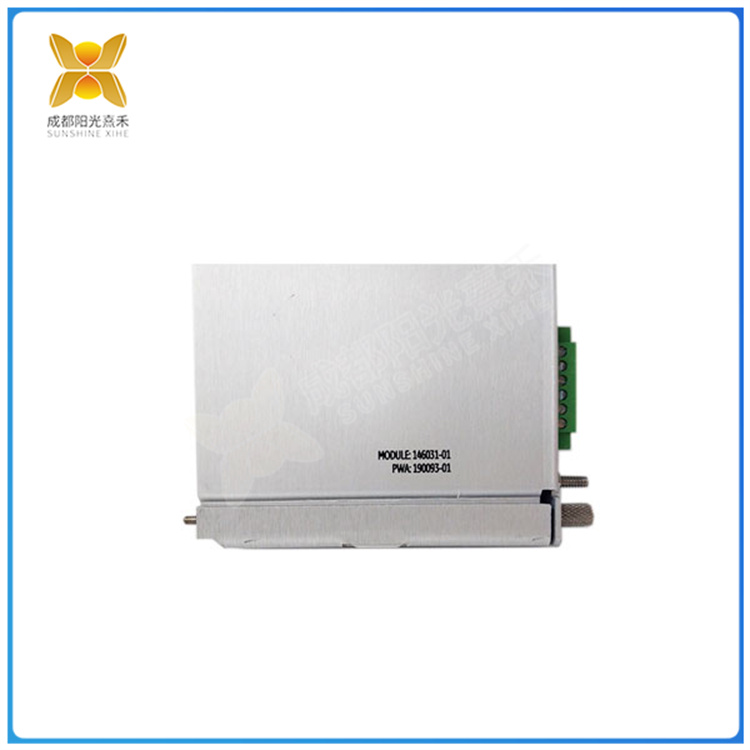146031-01 Function Description
TDI has built-in static data capture capabilities. However, the channel enable disk is an optional device that enables the TDI to also record dynamic and high-resolution transient data. The 3500 rack contains the communication processing capabilities of TDI.
The 3500/22M Series transient data interface connects the 3500 monitoring System to Bentley Nevada's System 1 machinery management software. TDI combines the capabilities of 3500/20 rack interface modules with the data collection capabilities of communication processors such as TDXnet.
The TDI works with M-Series monitors (3500/40m, 3500/42m, etc.) in the RIM slot of the 3500 rack to continuously capture steady-state and transient waveform data and transmit it to the host software over an Ethernet link. TDI captures static data by default, but installing additional channel enabling disks also allows you to record dynamic or transient data.





In addition to implementing communications processor capabilities in 3500 racks, TDI has enhanced previous communications processors in several areas.
TDI performs certain functions shared by the entire rack; However, TDI is not part of the critical monitoring channel and does not affect the correct and normal performance of the overall monitoring system. Each rack requires one TDI or RIM. The TDI occupies only one slot in the rack and is always located in slot 1 (near the power supply).
The 3500 system requires the TMR version of TDI for Triple Module redundancy (TMR) applications. In addition to all regular TDI functions, TMR TDI also performs a "monitor channel comparison." Monitoring voting is performed by the 3500 TMR configuration using the layout provided in Monitoring options. In this way, TMR TDI compares the output of the three redundant monitors in real time.
If TMR determines that information from one of the monitors is no longer equal to information from the other two monitors (within a specified percentage range), it marks that monitor as an error and logs an event in the system event list.



















